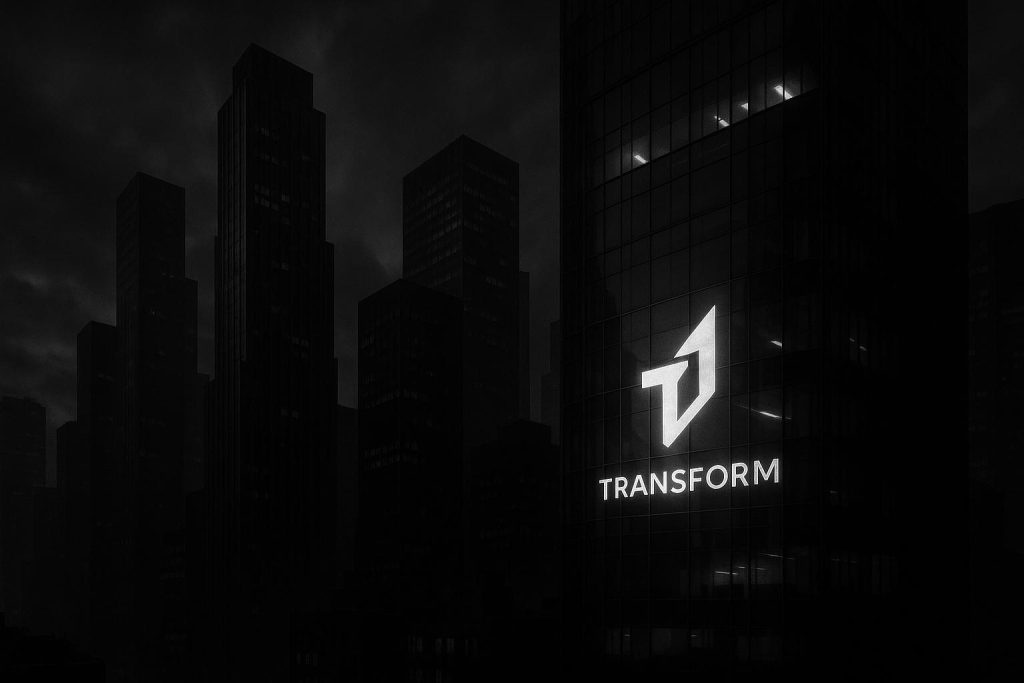Listen to the article
As the SaaS market becomes increasingly crowded, innovative branding strategies are elevating enterprise tools into memorable identities that foster trust, community, and loyalty—proving that memorable branding is vital for business growth.
B2B software branding is a critical yet often underestimated factor in driving user engagement and business growth. While tools like CRMs, IT management systems, and project management platforms might initially appear as mere functional software dashboards or feature sets, leading companies recognise that powerful branding transforms these tools into approachable, memorable, and trusted experiences.
Good branding in B2B software does more than just convey a logo or select a colour palette; it humanises complex, technical products and builds lasting emotional connections with users. This involves communicating a clear personality that resonates even before users interact with the software, establishing trust through consistent and professional visuals, and creating a tone of voice that feels conversational and engaging. At its best, branding balances authority with friendliness and signals that the software is not just a tool, but a partner for growth and efficiency.
Successful branding incorporates thoughtful colour schemes and typography that make interfaces intuitive and reinforce identity, alongside playful or minimalistic visual elements like mascots, illustrations, and animations that add warmth and memorability. Community building is another potent aspect, with brands that foster loyal users and user-generated content amplifying the brand’s influence and creating a sense of belonging to a broader ecosystem.
Several standout B2B software brands exemplify how strategic branding elevates enterprise tools into memorable identities. HubSpot, for instance, has evolved its originally bright orange interface into a sophisticated colour palette of teals and creams, reflecting its growth into a global platform powered by AI and smart workflows. Its branding conveys approachability balanced with intelligence and modernity. Similarly, Mailchimp transforms the often dull task of email marketing into a fun, friendly experience with its iconic Freddie the chimp mascot, bold yellow colour, and witty conversational copy, making the platform accessible for both novices and experts.
Salesforce, known as the gold standard for enterprise software, balances professionalism with accessibility by combining a trusted blue palette, clean typography, and humanising natural illustrations. Its supportive tone positions the software as a knowledgeable partner in business growth, reinforcing trust at scale. Zoho’s branding cuts through the corporate clutter by using bright colours, rounded shapes, and consistent friendly visuals across its suite of products, turning enterprise tools into approachable, easy-to-use solutions with a distinctive personality.
Project management tools like Monday.com, Asana, Trello, and ClickUp demonstrate how effective branding can transform traditionally dry categories. Monday.com injects energy through bold colours, dynamic shapes, and playful illustrations that make complex workflows engaging and fun. In contrast, Asana adopts a minimalist, serene aesthetic with soft pastels and clean design to offer calm clarity amid project chaos, emphasising balance and focus. Trello uses bright colours and an intuitive drag-and-drop interface to blend playfulness with practicality, while ClickUp’s bold typography and assertive messaging position it as an ambitious, all-in-one productivity platform.
Other brands also shine by embracing personality and clarity: Slack revolutionised workplace chat with its vibrant multicoloured hash logo and conversational, human tone of voice that makes collaboration enjoyable rather than tedious. Notion’s minimalist black-and-white aesthetic and community-driven approach provide a flexible tool that feels inclusive to users of all sizes. Miro embraces creativity with a colourful, messy whiteboard style that welcomes diverse audiences from startups to large enterprises. Pipedrive opts for a no-nonsense, clean brand focused on ease and clarity, appealing to salespeople tired of overly complicated CRMs.
More niche players like Airtable turn data management into a creative endeavour with bright, geometric visuals and empowering messaging, while Freshworks uses friendly, modern design to make enterprise software feel human and approachable. ActiveCampaign makes marketing automation less intimidating through balanced design and clear communication. Productive.io focuses on agencies with straightforward branding that underscores organisation and transparency.
Across these examples, several key trends emerge shaping modern B2B SaaS branding. Playful yet professional colour usage energises user interfaces without undermining credibility. Minimalism and clarity remain essential for helping users focus on tasks, not distractions. A human tone of voice reduces friction and fosters trust. Community engagement creates brand advocates and strengthens the sense that the software is part of a larger collaborative ecosystem. Visual personality through illustrations and mascots humanises technology and guides users seamlessly through complex workflows. Ultimately, the best brands marry approachability with professionalism to help users feel confident and supported.
B2B software branding today goes beyond aesthetics, playing a strategic role in setting companies apart in a crowded market. It transforms everyday tools into experiences that users enjoy and remember, creating lasting connections that drive loyalty and business success. For businesses building or refreshing software brands, investing in personality and strategic design is crucial to making the brand not just seen, but truly felt by the people who rely on it daily.
📌 Reference Map:
- Paragraph 1 – [1]
- Paragraph 2 – [1]
- Paragraph 3 – [1]
- Paragraph 4 – [1]
- Paragraph 5 – [1]
- Paragraph 6 – [1]
- Paragraph 7 – [1]
Source: Fuse Wire Services


